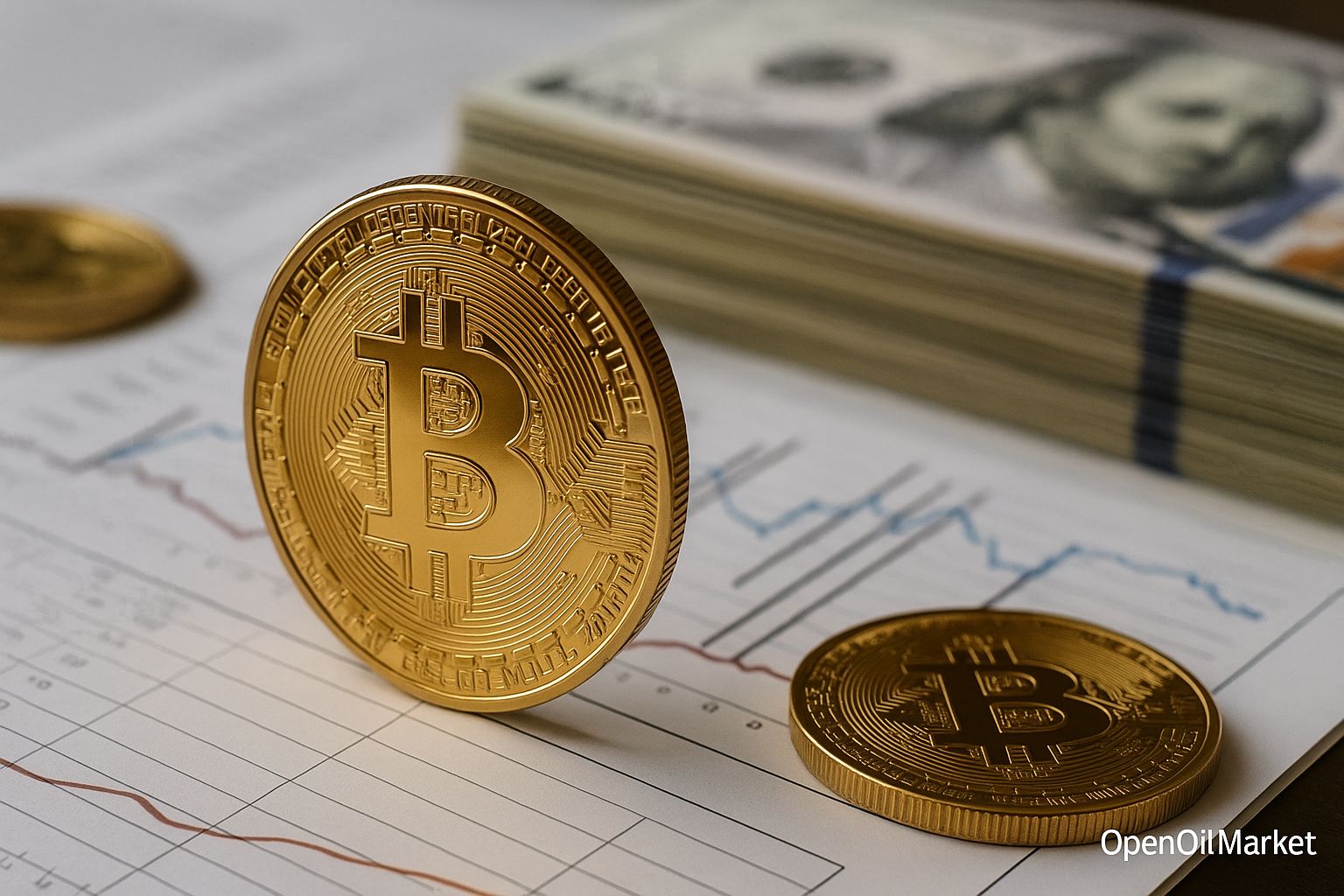The crisis has led to the bankruptcy of numerous legal entities and individuals. During the liquidation process, the company's assets are put up for auction. Individuals face a similar process, where many find a way to protect their assets. People purchase real estate and vehicles at a reduced price during these auctions. This enables them to settle debts while retaining valuable possessions, housing, and more.
However, auctions are not only beneficial for borrowers; they can also be of interest to those looking to invest their money. Acquiring bankrupt assets at auctions can yield substantial returns. The key is to thoroughly research this investment method.
To avoid pitfalls, entrepreneur and founder of the "RESOURCE" company, Sergey Tereshkin, shares insights that can be explored on the website www.org-market.ru. The businessman has prepared a series of recommendations aimed at maximizing profits through strategic investments.
What Are Bankruptcy Auctions?
First, it's essential to understand what bankruptcy auctions are and what can be acquired through them.
The system consists of electronic trading aimed at selling the debtor's assets. Proceeds from these sales go towards the full or partial repayment of debts. The assets are evaluated beforehand by specialists, and oftentimes, the auction price is significantly lower than the market value. This means that such purchases can be advantageous for all parties involved.
Anyone wishing to participate in the auctions can do so. The system is quite transparent; any manipulation can be contested. For this reason, bankruptcy trustees are reluctant to misuse the auction process for their own interests.
What Can Be Purchased at the Auction?
Various types of assets are put up for auction, including:
- Residential, commercial, and industrial real estate;
- Vehicles;
- Equipment;
- Artworks, etc.
These assets can be utilized for personal purposes or resold to interested parties. In the former case, one can acquire essential items needed for business operations at a fraction of the cost. Reselling allows for significant profit margins. Assets can be sold in the same condition as they were purchased at the auctions. To increase their value, it is advisable to enhance the purchased item.
Additionally, the item can be leased, providing a stable income over an extended period.
The Legal Aspect
Like any other investment method, purchasing items at auctions comes with specific risks.
To avoid complications, Sergey Tereshkin offers a few tips:
- Legal Cleanliness. It is crucial to gather as much information as possible about the auctioned item. In the case of real estate, it should not have minors, disabled individuals, or other categories of people registered in it. Additionally, consider avoiding the purchase of fractional ownership in real estate, as this may lead to disputes with other owners.
- Liquidity. The asset should possess genuine value. Illiquid items are challenging to sell, which is important if one plans to profit from the resale of the asset.
- Registration. To participate in the auctions, one must register in advance on the most popular electronic trading platforms. It is also necessary to obtain a digital signature beforehand to verify the buyer’s identity.
Once registered, participants gain full access to all auction listings. They can review information about the auctioned items and select the one that best meets their needs. Next, they must submit an application to participate. A bidder demonstrates their intention by making a financial deposit into the organization’s account. The deposit usually varies but is typically around one-fifth of the starting price of the item.
Auctions are scheduled for specific dates. The participant who offers the highest bid wins. All others receive their deposits back.
Following the announcement of the winner, they must transfer the remaining balance to the organizer. Once the payment is made, a sales contract is signed, and the ownership of the item is transferred.
If the item is not sold during the first auction, the organizer has the right to reduce the price by 10-30%. If this also fails to sell the item, the price may be reduced again, usually by around 10%. This process allows individuals to purchase items for approximately half of their initial value, and in some cases, even less.
Documentation
When purchasing real estate or vehicles, buyers must obtain a complete set of documents required by government authorities for the transfer of ownership. After completing the purchase, it is advisable to transfer the asset to a third party.
This approach helps avoid potential legal claims. A final buyer, by law, is considered a bona fide purchaser and cannot be deprived of ownership even through court proceedings.
When acquiring equipment and other devices, similar issues typically do not arise. However, one can include the item in the charter capital of a legal entity as an investment. This strategy also aids in preventing complications.
Before finalizing the purchase, it’s advisable to verify the equipment's functionality. If issues are present, it may be wise to reconsider the purchase unless previously stated in the item description. In such cases, consumer protection laws apply to the buyer, just as they would if the item were purchased from a retail store.
The bankruptcy auction market is rapidly expanding. The abundance of offers provides opportunities to acquire necessary assets at minimal costs. This approach can yield 100% returns on investment. If an item is purchased after several re-evaluations, the profit automatically increases. The key is to assess the item’s potential, strategize its resale, or identify how it can be used to one's advantage.



